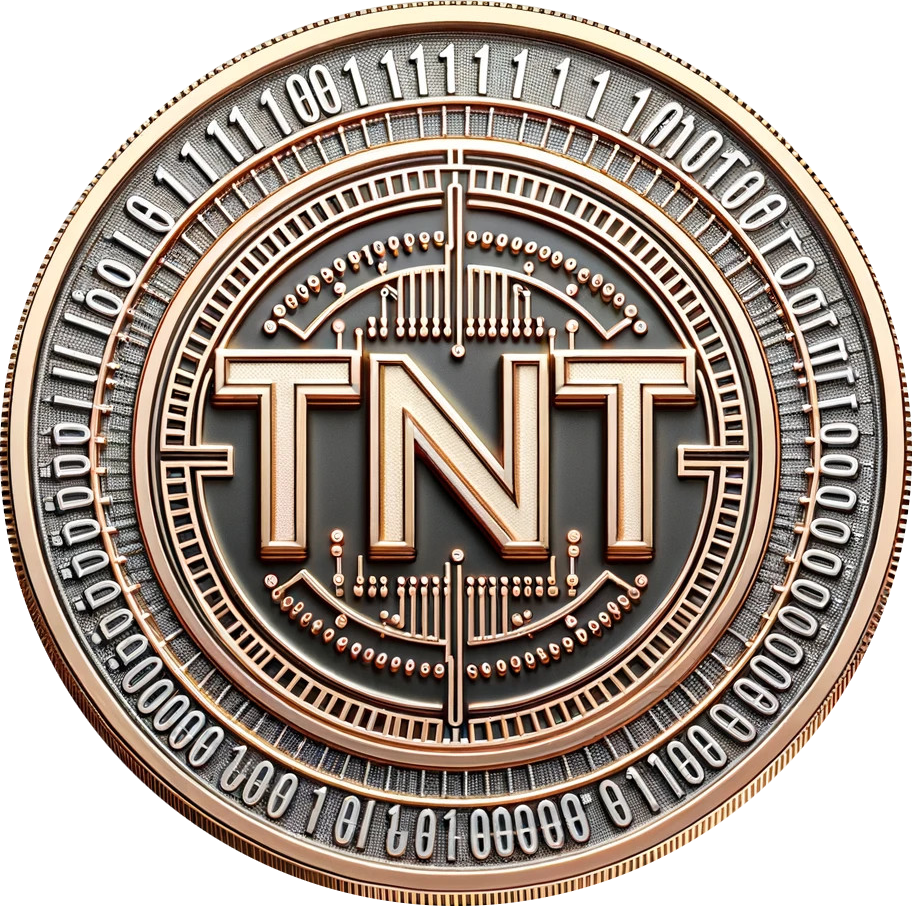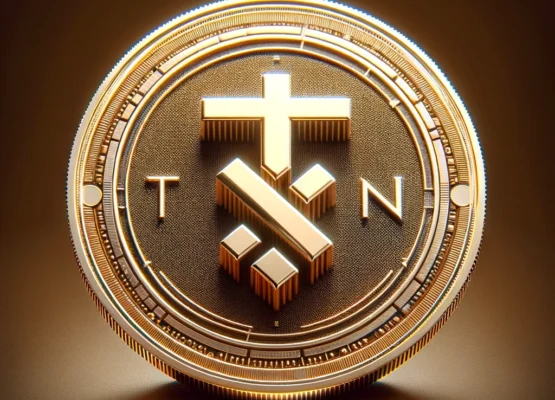
Foundry is swiftly becoming a cornerstone in the world of Ethereum development, thanks to its robust suite of tools designed to optimize the workflow of Solidity smart contract development. With its roots deeply embedded in the principles of efficiency, speed, and reliability, Foundry offers developers an exceptional environment to compile, test, deploy, and interact with smart contracts on EVM networks.
What is Foundry?
Developed by the Foundry-rs team and supported by Paradigm, Foundry integrates essential developer tools such as Forge, Cast, and Anvil, each tailored for specific stages of the smart contract lifecycle. This integrated approach not only simplifies but also accelerates the development process, from initial coding to final deployment on the blockchain.
- Forge: This is Foundry’s testing and deployment tool, comparable to Hardhat or Truffle in the Ethereum ecosystem. It facilitates the compilation of smart contracts, automated testing, debugging, and deployment, providing a seamless workflow for developers.
- Cast: Cast serves as a command-line interface (CLI) utility that allows developers to interact directly with any Ethereum compatible blockchain. Whether it’s sending transactions, querying the state, or even interacting with smart contracts, Cast provides the necessary tools to perform these tasks efficiently.
- Anvil: Anvil is a local Ethereum node simulator. It’s invaluable for developers looking to test their smart contracts in a controlled environment before deploying them to live Ethereum networks. Anvil simulates network conditions, enabling developers to explore how contracts would behave under various conditions without the need for a public testnet.
Installing Foundry on Linux
Getting Foundry up and running on a Linux system is straightforward, ensuring developers can quickly set up their development environment. Here’s how to do it:
- Ensure System Requirements: Before installation, make sure your system has
curlandgitinstalled. These applications are essential for the installation process. - Install Foundry:
- Open a terminal window.
- Execute the following command to download and run the Foundry install script:
curl -L https://foundry.paradigm.xyz | bash
foundryup
forge --versionLearn More and Get Started
To dive deeper into Foundry and start using it for your projects, the Foundry Book is an excellent resource. It provides detailed documentation on every aspect of Foundry, from basic setup to advanced usage scenarios. Additionally, for the latest updates and community contributions, check out the Foundry GitHub repository.Harness the power of Foundry, developers with foundryAI GPT foundry assistant to help reduce the complexity of smart contract development to focus your innovation strategy.




